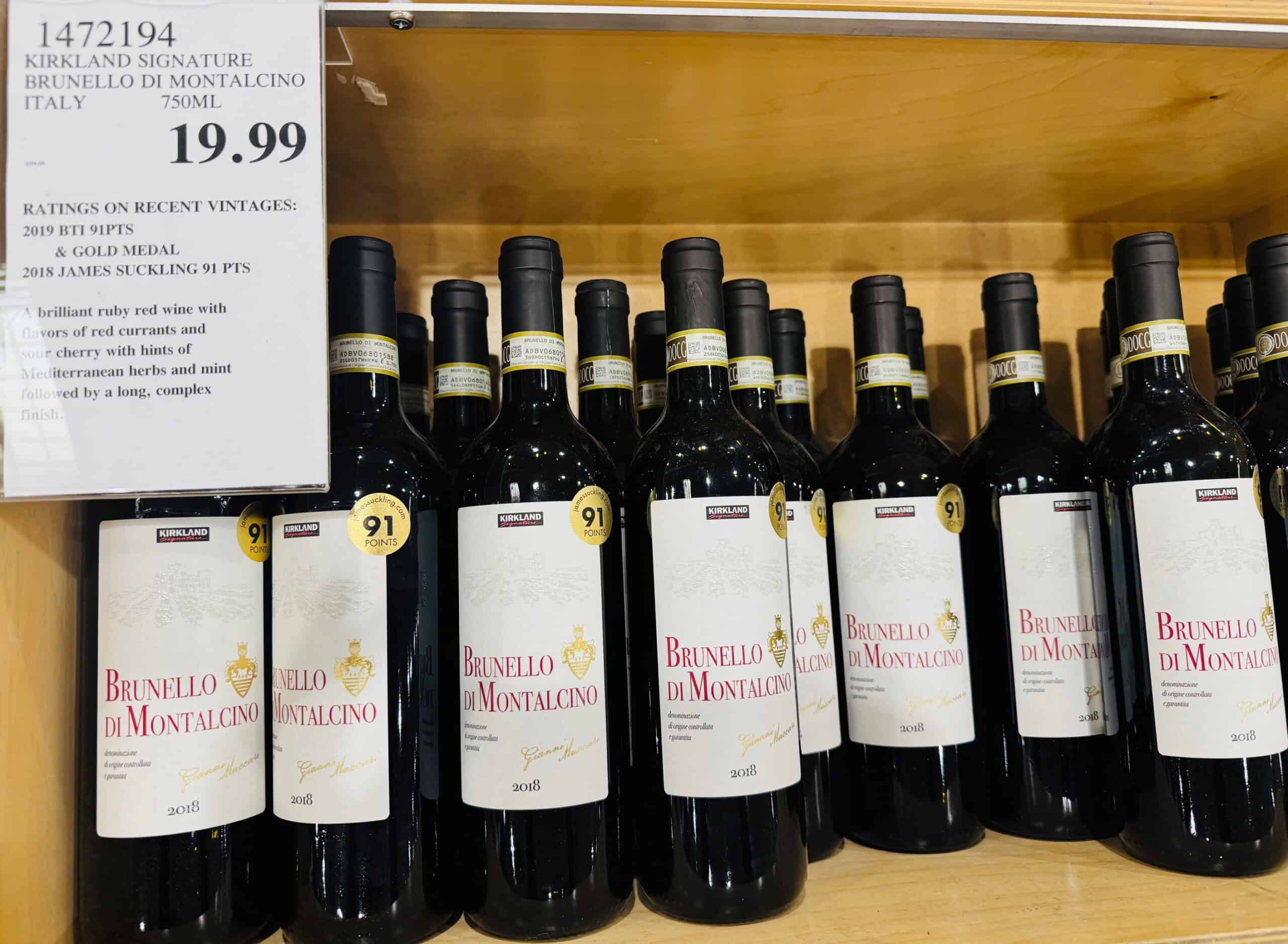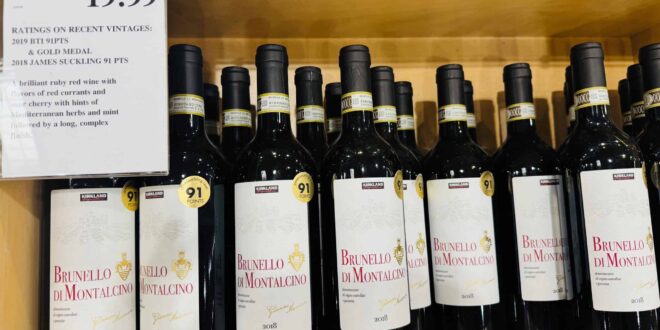[ad_1]  This is a bit of a rare situation. We’ve seen vintages go and come back, but we rarely see older vintages appear out of nowhere. Longtime readers will know that we are big fans of the Kirkland Brunello, especially the latest 2019 vintage that we went 93 points on. So at first glance we didn’t […]
This is a bit of a rare situation. We’ve seen vintages go and come back, but we rarely see older vintages appear out of nowhere. Longtime readers will know that we are big fans of the Kirkland Brunello, especially the latest 2019 vintage that we went 93 points on. So at first glance we didn’t […]
[ad_2]
Source : http://costcowineblog.com/look-whats-back-in-stores-the-2018-kirkland-brunello/
